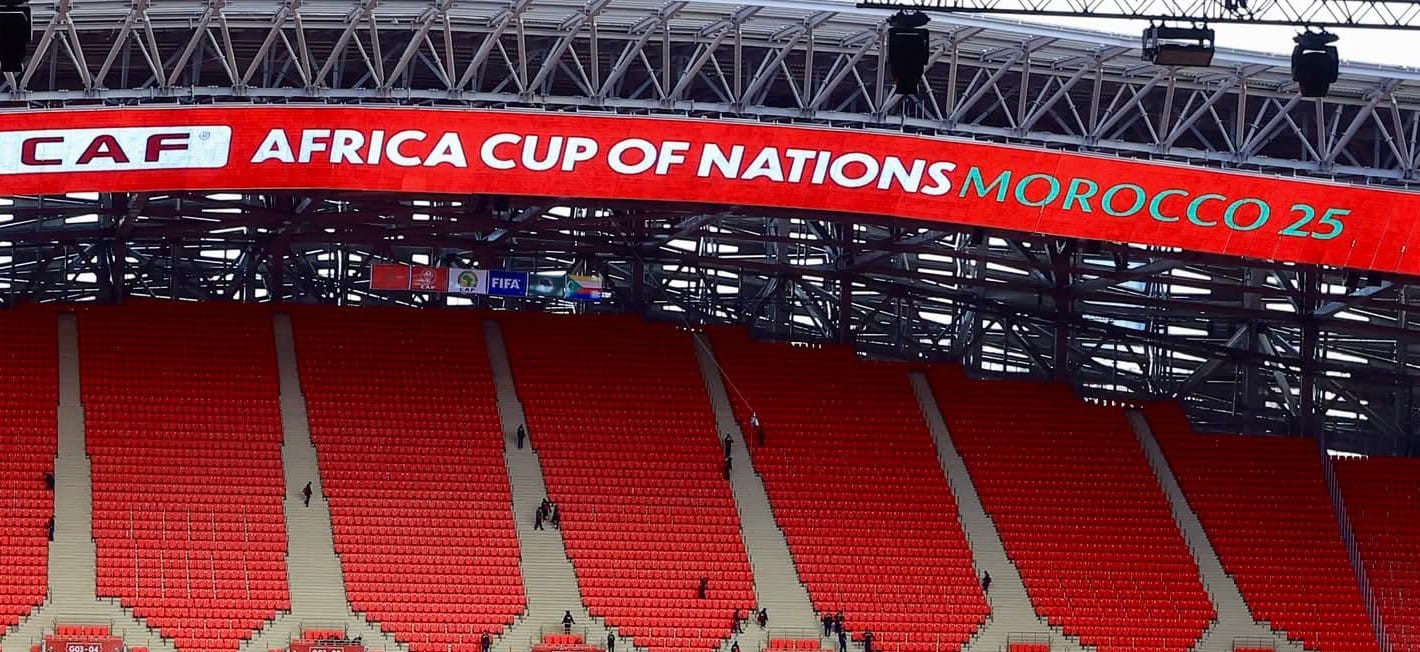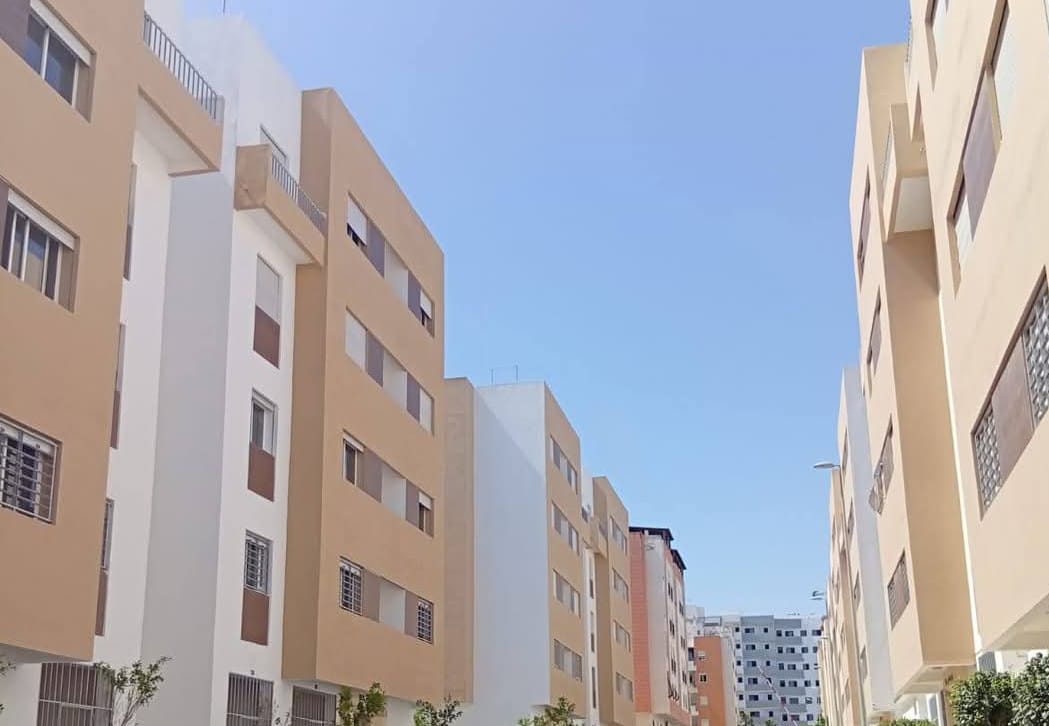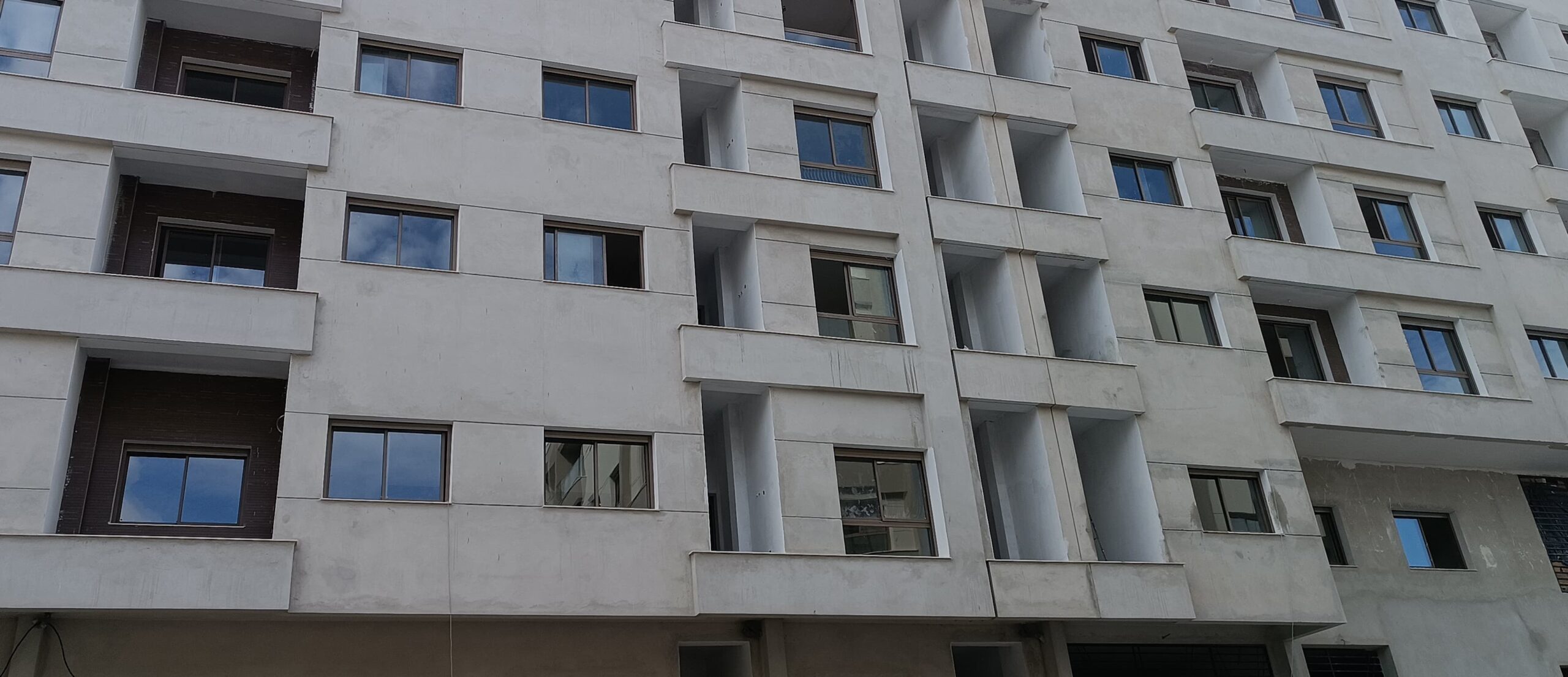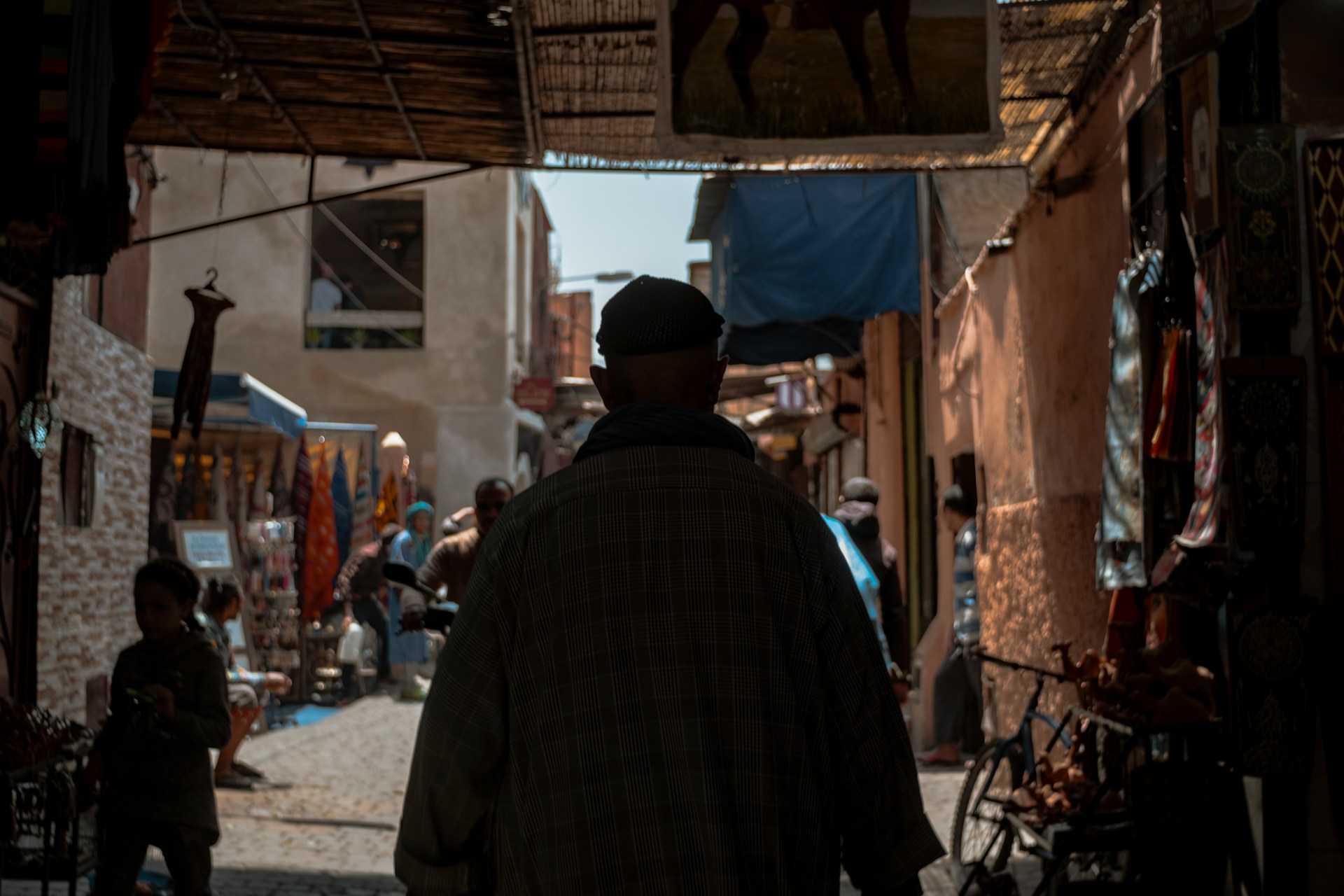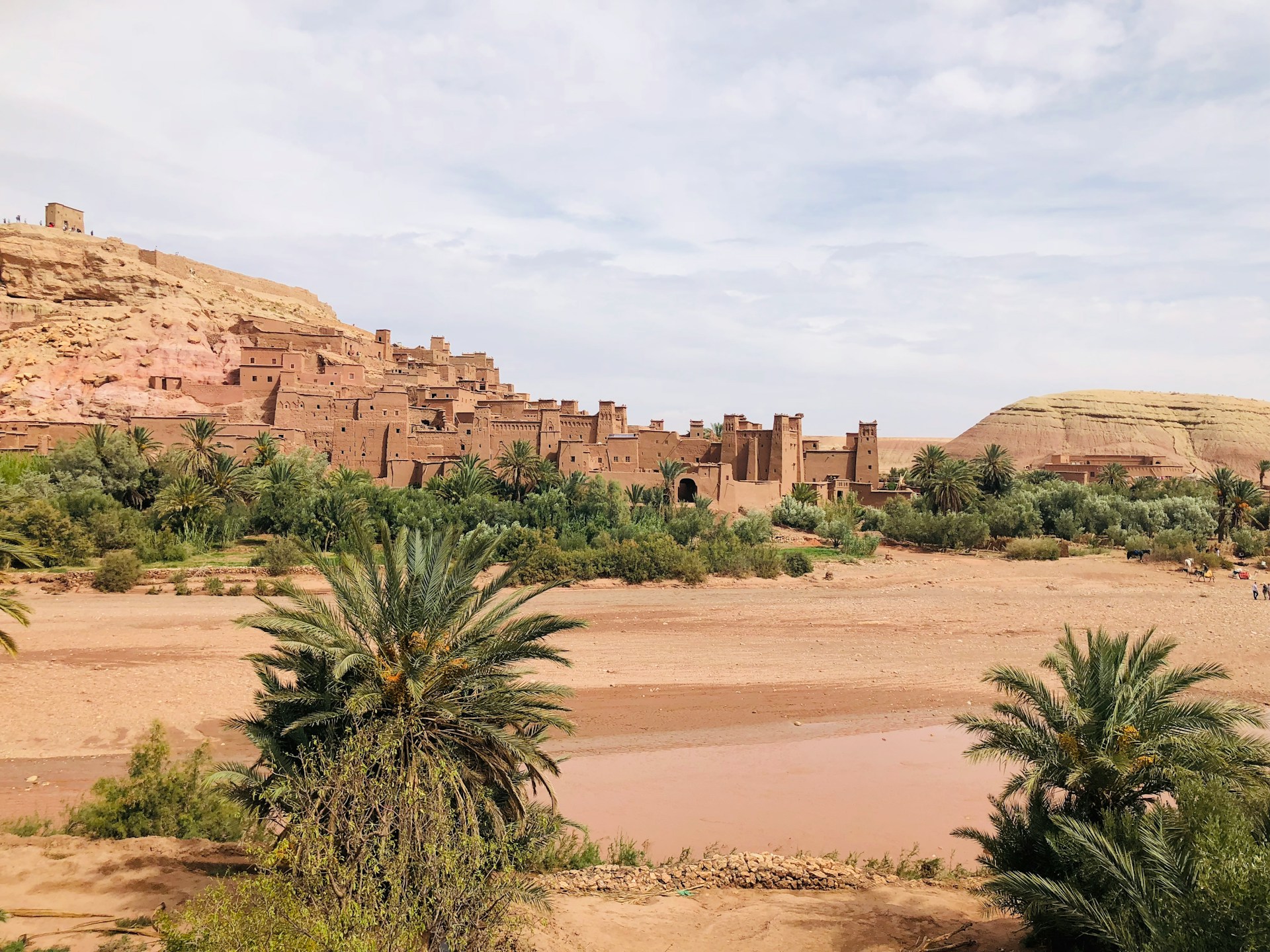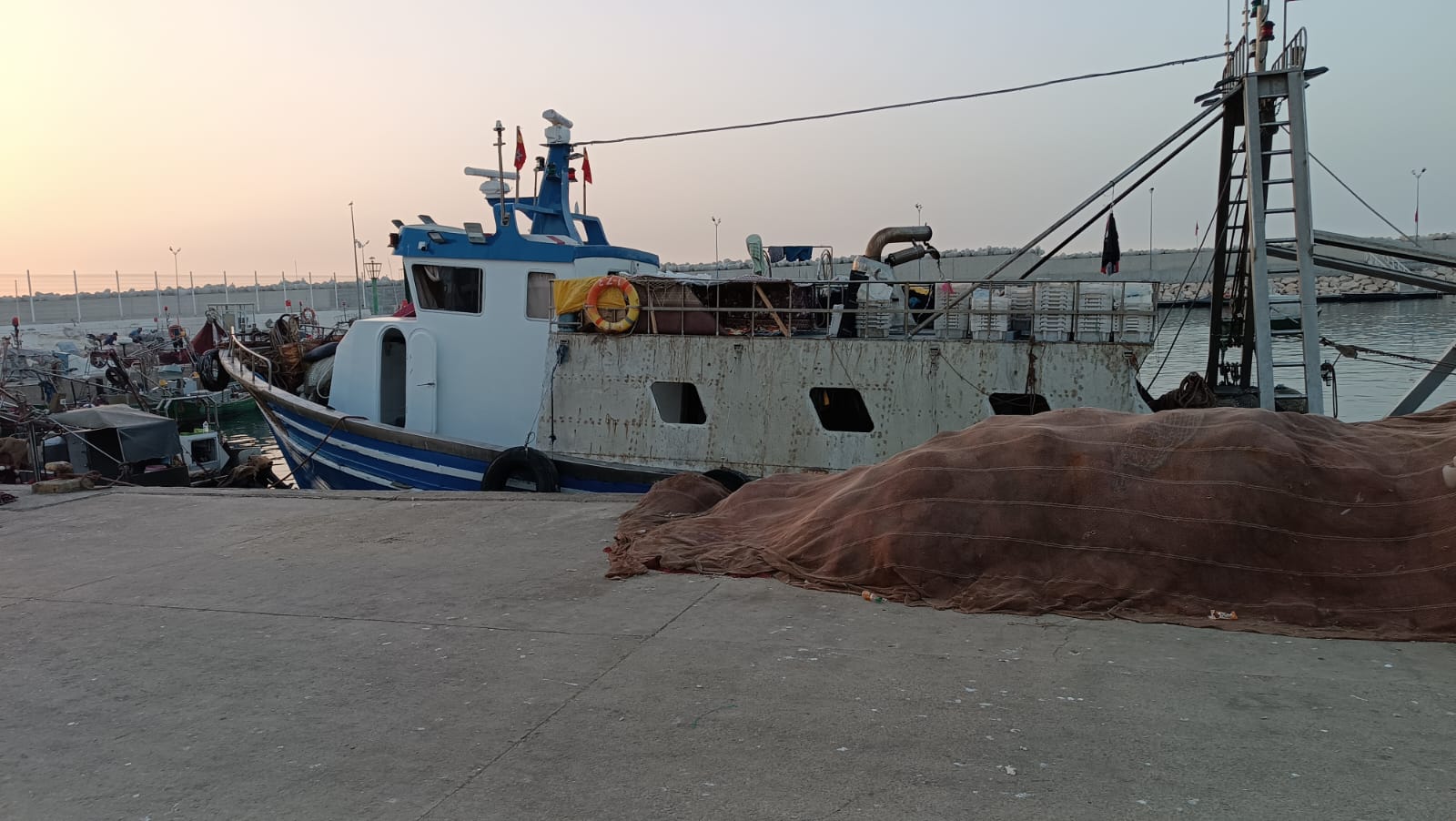Casablanca – In response to rising urban housing demand and mounting affordability challenges, the Moroccan government is preparing to launch a structured rental housing program aimed specifically at the middle-income segment. The initiative, led by the Ministry of National Land Use Planning, Urban Planning, Housing and Urban Policy under Minister Fatima-Zahra Mansouri, seeks to establish a viable alternative to homeownership by expanding the country’s supply of regulated, moderately priced rental housing.
The new program is part of Morocco’s broader national housing policy and is designed to support both economic development and social stability, particularly in densely populated urban centers such as Casablanca, Rabat, Tangier, Marrakesh, Fez, and Agadir. According to recent census data, urbanization in Morocco reached 62.8% in 2024, up from 60.3% a decade earlier, reflecting increasing pressure on housing markets in major cities.
A structured approach to rental housing development
The government recently launched an international public tender worth approximately $360,000 to fund a comprehensive technical study supporting the design and implementation of the mid-income rental housing program. The selected firm will assist the Ministry in analyzing current market dynamics, evaluating regulatory and fiscal frameworks, identifying vacant housing stock, and proposing policy tools tailored to Moroccan conditions.
This five-month study will unfold in two main phases. The first focuses on analyzing the current rental market landscape, identifying gaps in supply and demand, and comparing international experiences from countries such as France, the UK, Singapore, and Argentina. The second phase will involve defining the operational and financial structure of the program, including potential delivery models, governance frameworks, and partnership mechanisms with the private sector.
The study will also explore a set of implementation scenarios. These may include direct construction or refurbishment of housing units by public entities, partnerships with private developers under regulated pricing conditions, or institutional models such as leasing and subletting through dedicated housing agencies. In some cases, these models may be linked to savings schemes that allow tenants to convert part of their rent into down payments for eventual homeownership.
Addressing a widening housing gap
One of the key challenges the program seeks to address is the widening gap between available housing and the purchasing power of many Moroccan families—particularly the youth and middle-income earners. Many urban residents struggle to access affordable housing, whether for purchase or rent, as the supply of lower-cost units remains limited and real estate prices continue to rise in key regions.
By offering rental units at controlled or below-market prices, the program is intended to fill the “missing middle” in the current housing supply—bridging the divide between high-cost private market units and subsidized social housing schemes, which often fail to meet the needs of working families in urban areas.
In a recent statement, a government representative emphasized that the project aligns with the strategic goal of diversifying Morocco’s housing supply, improving access for groups that do not qualify for social housing but cannot afford to buy homes on the open market. This includes single young professionals, newly formed households, and workers in areas undergoing major infrastructure or industrial development.
Lessons from the past and questions for the future
The idea of state-supported rental housing is not entirely new in Morocco. Similar proposals were introduced by previous governments, but they failed to gain sustained political or financial traction. The current iteration appears more robust, thanks to a clearer framework for fiscal incentives and public-private cooperation.
However, several operational questions remain. It is not yet clear whether the state will take a direct role in the construction and management of rental properties or act primarily as a facilitator for private sector involvement. The final structure will depend on the study’s findings and on broader budgetary and regulatory considerations.
Despite these uncertainties, the initiative has been welcomed by urban planning experts and housing advocates, who see it as a long-overdue step in rebalancing Morocco’s housing market. If implemented effectively, the program could help curb speculation, reduce informal rental practices, and offer long-term stability for tenants currently underserved by the market.
As the government prepares to open bids for the consulting contract in July, stakeholders across the housing sector are watching closely. The program, if executed well, could set a new precedent for affordable urban living in Morocco—and serve as a model for other middle-income countries facing similar urban housing challenges.



